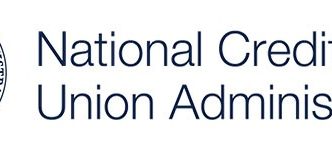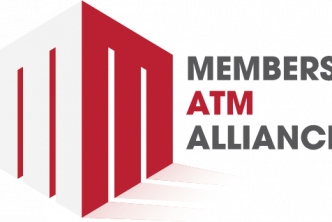By Cheryl Lawson, EVP Compliance Review, John M. Floyd & Associates
As a requirement of the Regulatory Flexibility Act (RFA), the Consumer Financial Protection Bureau (CFPB) recently announced its intent to review the 2009 overdraft rule. This rule requires consumers to affirmatively consent — or “opt in” — to overdraft services before a financial institution may impose a fee for an overdraft resulting from a point-of-sale (POS) debit card or ATM transaction.
To kick start the review, the CFPB is seeking public comment until July 15. The Bureau will use these comments in determining whether the rule should be continued without change, amended or rescinded to minimize any significant economic impact it has on a substantial number of small financial institutions.
What does this mean for banks and credit unions that are holding on to an outdated overdraft strategy, or don’t have the regulatory knowledge to maintain a fully compliant program?
While it may be tempting for some to take a wait-and-see approach to updating an existing overdraft program, demonstrating compliance savvy with proactive steps to ensure processes and procedures are transparent — and fully in line with existing regulatory expectations — reinforces an institution’s commitment and ability to:
- prevent account holder confusion and misuse of overdrafts involving E-channels;
- avoid potential Reg E and UDAAP violations;
- ward off possible civil litigation;
- increase employee knowledge and confidence; and
- provide better service and establish long-term account holder relationships.
That’s an important position to maintain as the financial services landscape continues to evolve due to government rule changes.
Hopefully, the outcome of this review will provide more clarity on the regulatory expectations regarding overdraft strategies. In the meantime, civil action continues to be an increasing threat for institutions that fail to maintain compliant overdraft processes and procedures. The number of class action cases has increased as a result of litigators targeting programs for unclear or misleading terminology used on account agreements and marketing materials, improper fee assessment and violations of opt-in rules.
Although there continues to be uncertainty in the financial services industry, that needn’t be the case when it comes to the basics of a consumer-focused overdraft program. What’s more, maintaining a fully-compliant overdraft strategy not only removes the threat of potential regulatory or civil action, it also creates the opportunity for institutions to achieve measurable performance results year after year — when the program:
- establishes up-front, fully communicated overdraft policies to avoid any account holder confusion and increased examiner scrutiny;
- offers on-going training opportunities to ensure that employees understand regulatory expectations and have the ability to confidently and consistently describe the program’s overdraft policies and user responsibilities to account holders;
- maintains up-to-date technology that provides greater efficiency through improved automation and reliable, comprehensive data analytics to increase the capability to monitor program results and gauge account holder usage;
- reinforces internal capabilities with on-going, professional consulting and monitoring to identify potential program and service improvements, as well as new revenue opportunities and;
- provides a 100 percent written compliance guarantee for total regulatory peace of mind.
As regulators continue to review industry and consumer comments to determine possible next steps in the overdraft space, your credit union can move ahead with complete confidence with the help of policies that are fully compliant and designed to fill account holders’ financial needs as they continue to evolve. If you haven’t reviewed your overdraft strategy in a while — or lack confidence in your compliance savvy — now is the time to act.
Email consult@myleverage.com for more information.





